This is a good question that comes up rather frequently. The answer may surprise you!
No one is willing to take unnecessary risks when it comes to burning wood. Not your WE LOVE FIRE® expert, not the installers, and certainly not you, the homeowner. So, first and foremost on everyone’s mind is the safety and well-being of your loved ones and your property.
Insurance is all about risk. And you must admit that building a fire in your family room sounds a bit risky, doesn’t it? Does this risk equate to higher homeowner’s insurance rates?
Simply put, having a wood burning fireplace, stove or fireplace insert is considered a greater risk to an insurance company than a home without one. Most insurance companies will want to know what your primary heat source is, and there may be an additional charge if that answer is “wood”.
THE BENEFITS OF WOOD HEATING
We all know that the addition of wood burning equipment in your home has many advantages. One of them is saving on those monthly heating bills while keeping your family warm and cozy. The incredible radiant heat and the ambiance that a stove or fireplace creates in your home, the fact that responsible wood burning is good for our environment, and a reliable heat source during a power outage are also significant benefits of keeping your home comfortable with wood heat.
FACTORS THAT INFLUENCE INSURANCE RATES
There are various factors that will determine whether a fireplace or stove will increase your homeowner’s insurance. For example, the age and the type of equipment you’re using. Is your fireplace 100 years old or is the liner in the chimney damaged? Perhaps you’re using a fireplace insert with a stainless steel liner installed in the chimney? Is yours an untested and unlisted pot-belly stove, 12” from the wall with a culvert pipe sticking through the wall or a newer EPA certified model that meets the 2020 emissions standards with an appropriate 6” insulated chimney?
You get the picture. Insurance companies will look at the age and condition of the equipment, how it’s installed and being maintained and whether or not all clearance and code requirements are met.
VARIATIONS IN INSURANCE COSTS
Some companies may charge a flat rate for a wood burning stove or fireplace, perhaps up to a couple hundred dollars, while others may charge an additional percentage of the homeowner’s policy. These numbers will vary regionally and from company to company. In northern states where burning wood is more common, insurance providers may be more comfortable about codes and requirements. So, if a company wants to double or triple your rates for coverage, by all means shop around to find a knowledgeable agent who has your best interests in mind.
THE IMPORTANCE OF SECURITY MEASURES
According to the EPA, there are thousands of fires every year in the US and Canada. Most of these house fires relating to burning wood in fireplaces and stoves are caused by problematic chimneys. That is, chimneys where creosote has accumulated because of poor burning practices and chimneys not being regularly inspected and cleaned. Clearances to combustibles are also a leading cause of house fires with stoves. To minimize the risks:
· Respect the recommended clearance around the wood burning appliance.
· Keep flammable objects at a distance of at least three feet. This includes curtains, clothing, toys, furniture, carpet, newspapers, and kindling.
· Have your chimney inspected and cleaned regularly.
· Consider professional installation of the wood burning appliance and chimney.
Also, make sure to always have functional smoke detectors and carbon monoxide detectors placed at strategic locations in your home.
INSPECTION BY YOUR INSURANCE AGENCY
Most insurance companies will require some sort of inspection before covering your wood burner. This inspection might be done by a trained insurance agent or by a certified professional. Was the equipment installed by a professional, by a past owner or by you? The agent might want to see documentation to ensure all clearances are met.
Properly installed, operated and maintained, you can relax, tuck the kids in and all will sleep well tonight knowing that your wood burning fireplace, stove or insert is keeping your loved ones toasty warm! Rest easy knowing that your installation is safe and a reputable company has your back!
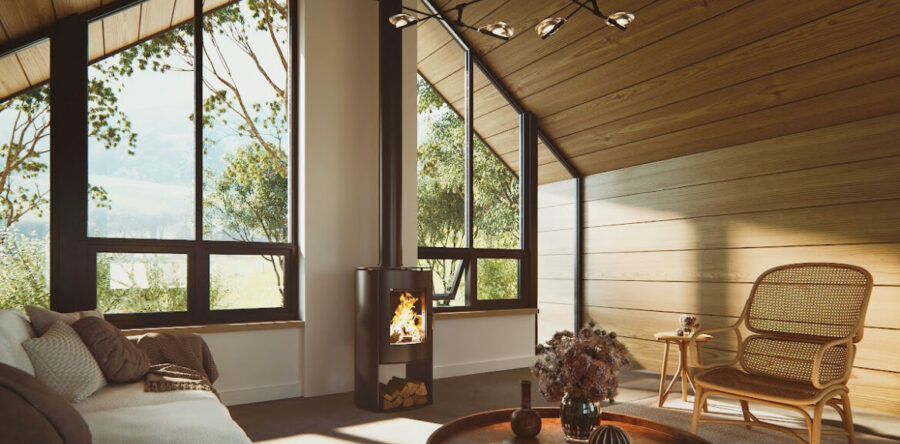

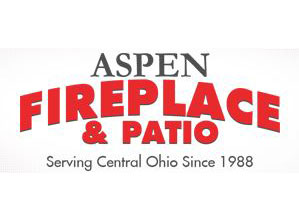
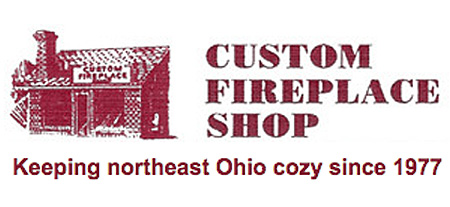
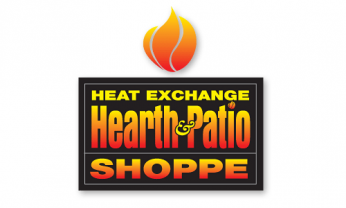


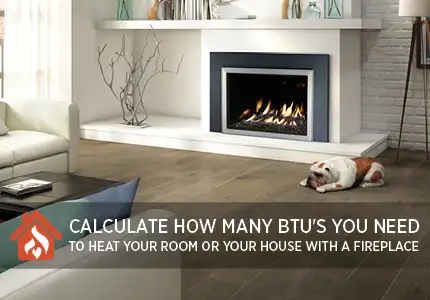

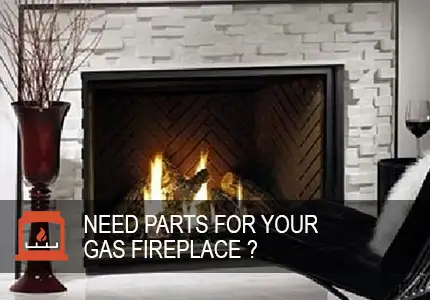
4 Responses